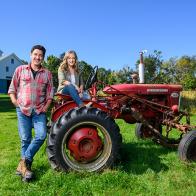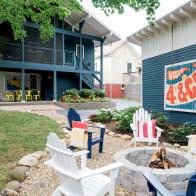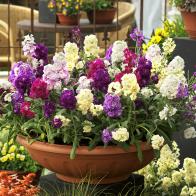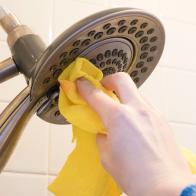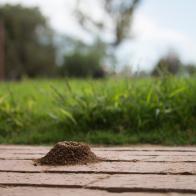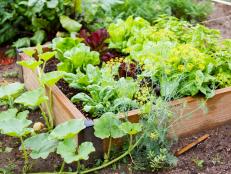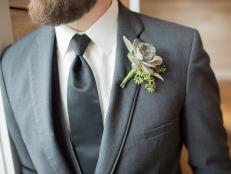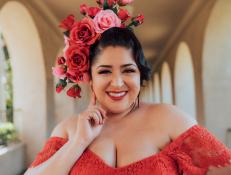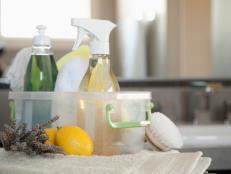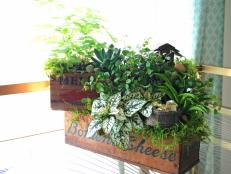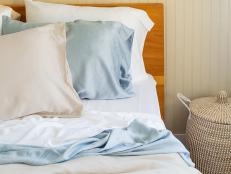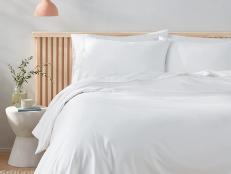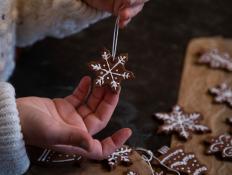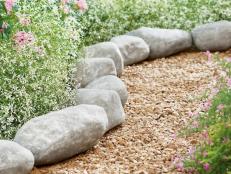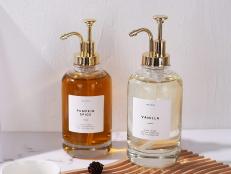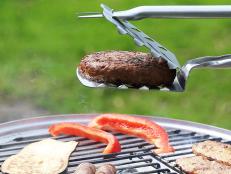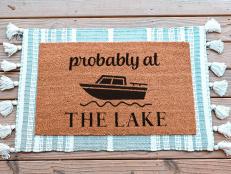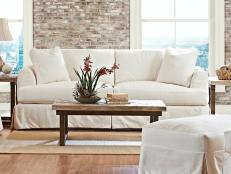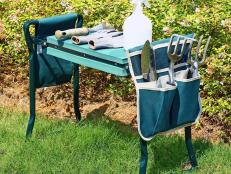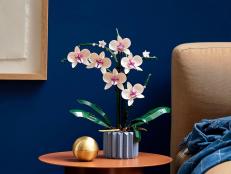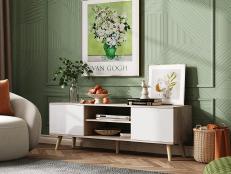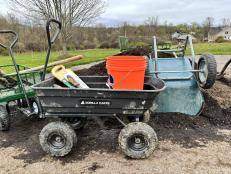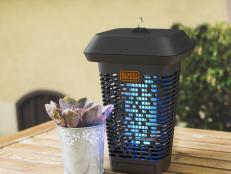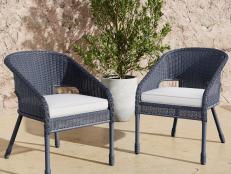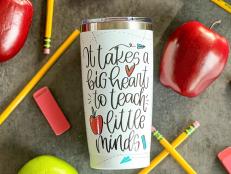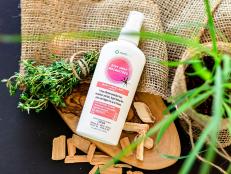5 Ideas for More Sustainable Flower Arranging
From bouquets to centerpieces, florals bring nature into our everyday lives and once-in-a-lifetime celebrations. Make sure your florals “do no harm” to nature by choosing more sustainable products and practices.


Ali Donnelly
Locally grown zinnias make stunning additions to flower arrangements summer through fall.
Floral design sparks our reverence for nature, rooting us in a sense of place and connecting us to everyday beauty. However, the environmental and social costs of today’s cut flower industry don’t often match the heart behind the work. Global cut flower production creates a vast carbon footprint, uses synthetic chemicals liberally, exploits farmworkers, harms habitats and churns out cheap, convenient blooms that seem like weak tea alongside their robust, locally grown counterparts. Our choices can help reshape this cycle. Keep these five ideas in mind when choosing flowers, and influence a more resilient, biodiverse and equitable future of flora.
1. Support Your Local Flower Movement
Buy your flowers locally and seasonally, either from farmers or through sustainably minded florists. Shopping locally, you can glimpse the full life cycle of flowers through direct relationships. Purchasing from a large retailer or wholesaler, on the other hand, you have no clarity around the farming and labor practices being upheld. Supporting the local flower movement means investing in farms that value healthy workers, biodiversity and ecologically sound farming practices, in addition to superior-quality blooms. Local flowers brim with fragrance and personality that big box blooms cannot match. If caring for the land through your love of flowers excites you, grow flowers at home to feed your passion and the pollinators.
2. Ditch Single-Use Waste
Today’s cut flower industry is built to serve our expectations of cheap, convenient products. This creates hefty energy costs and excessive waste. Vases are designed to be disposed of, and arrangements often come in layers of packaging. Next time you buy flowers, bring your own vase. Butcher paper is a great alternative to plastic as a wrap for market bouquets.
Awareness in the floral community is growing around the toxicity and environmental harm caused by floral foam, a ubiquitous and non-biodegradable product used by florists since the 1950s. Forward-thinking florists have developed many alternatives to floral foam, and innovations continue as more designers nix this product from their studios. Look for a “foam free” florist next time you order flowers; if you’re unsure, just ask.
3. Embrace Nontoxic, Reusable, Ethically Sourced Materials

Ali Donnelly
This minimally composed arrangement by Ali Donnelly features pink peonies artfully styled using a flower frog, or kenzan.
There are countless safe, effective and ethical techniques for arranging flowers. Instead of using floral foam to anchor stems, fill a vase with chicken wire, create a floral tape grid across the vase opening, or secure a flower frog (also called a kenzan) to the bottom of the vessel.
Also, consider the life cycle of your vase. Thrifting and visiting local artisans are fulfilling ways to combat the waste cycle, and lend deeper meaning to your floral practice. Any vessel that holds water can be a vase with help from the aforementioned mechanics. Collect shallow bowls, cocktail glasses, pitchers and vintage bottles to display local blooms.
Ethics are personal. Research how the production practices behind your floral purchases align with your values. If you are vegan, for example, you may not want a bouquet dressed with silk ribbon, as silkworms are killed in manufacturing. Seek natural fiber or tencel ribbon instead.
4. Design and Consume Consciously
Design is all about thoughtful decision making. Skilled designers know the “why” behind every choice, from color to form to material. This keen awareness is useful when working with flowers at home, because with increased intention comes less waste. Look to minimalist approaches to design, like the ancient Japanese art of Ikebana, for inspiration. Just a few stems, placed in harmonious proportion, can be striking in their simplicity. A mindfully minimal approach makes floristry more affordable and less wasteful, and sparks heightened awareness of everyday beauty.
Ikebana Inspired Spring Floral Arrangement 16 Photos
The art of ikebana takes years to master, but even a novice can benefit from the simple rules that make these arrangements so beautiful.
Whatever your aesthetic, seasonality is key to sustainable floristry. Seek out the abundance of each season, opening your mind to unexpected materials. Alongside flowers, utilize natural elements like branches, moss, fruits and vegetables, seed pods and mushrooms in your tabletop scenes. The best designs spark wonder and shift perspectives, rather than adhering to rigid expectations.
5. Compost to Feed Future Flowers

Ali Donnelly
Dahlias and gomphrena, also called globe amaranth, are both easy to grow at home.
When you’re using locally and organically grown blooms, you can incorporate your flower scraps into your compost system without worrying about toxic residues. Compost is a powerful natural fertilizer that delivers key nutrients to your plants and supports soil life. Adding compost is a simple way to ensure abundant harvests, and helps you close to loop on your floral practice — from soil to flowers, and back to soil again.
Dive deeper into sustainable flowers through The Sustainable Floristry Network, Slow Flowers, The Association of Specialty Cut Flower Growers, and Floret Farm's "Find Local Flowers" directory.

